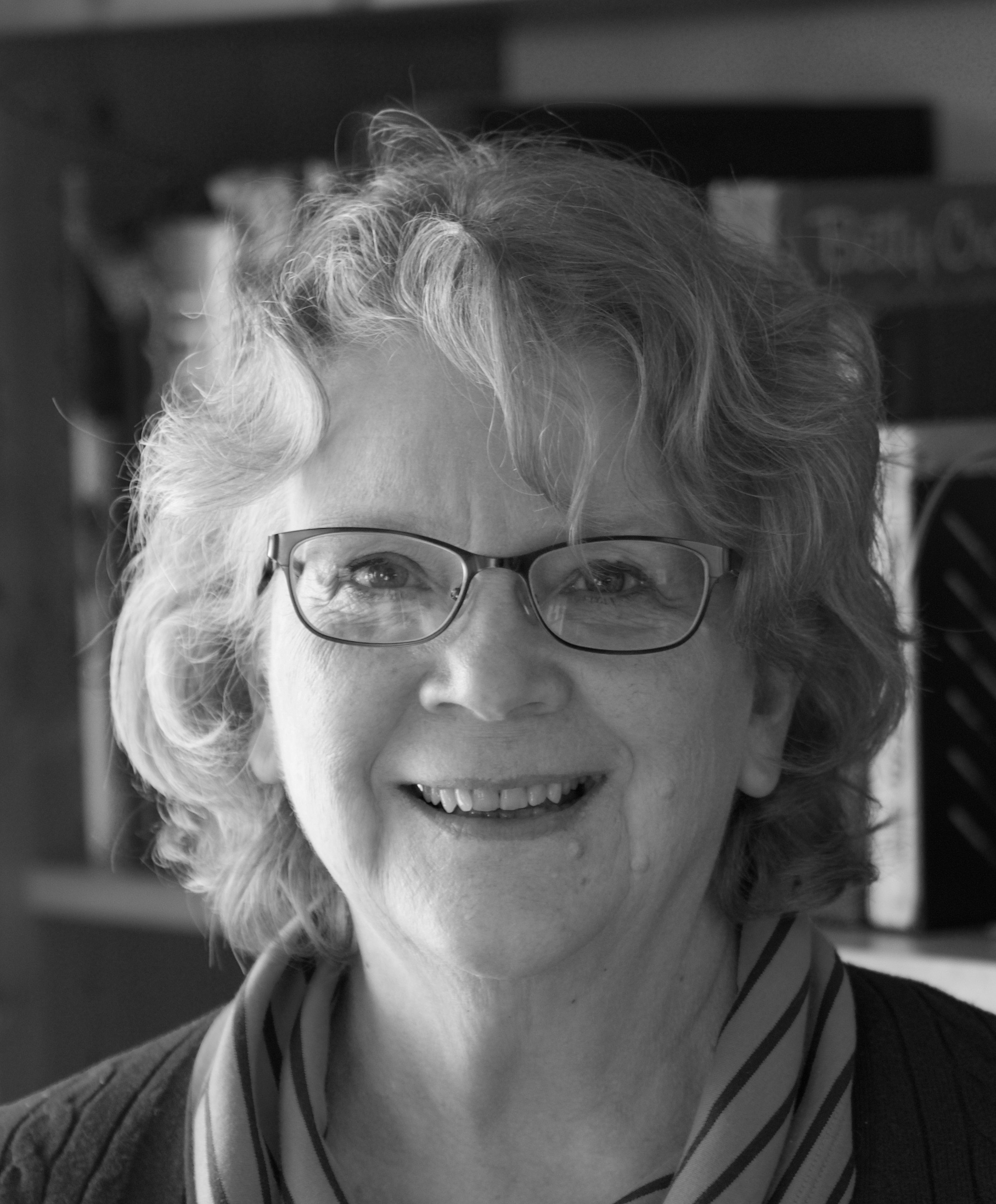Sunday's Hymn
 Sunday, February 14, 2010 at 1:30PM
Sunday, February 14, 2010 at 1:30PM We are God’s people, the chosen of the Lord,
Born of His Spirit, established by His Word;
Our cornerstone is Christ alone,
And strong in Him we stand:
O let us live transparently
And walk heart to heart and hand in hand.
We are God’s loved ones, the Bride of Christ our Lord,
For we have known it, the love of God outpoured;
Now let us learn how to return
The gift of love once given:
O let us share each joy and care,
And live with a zeal that pleases Heaven.
We are the Body of which the Lord is Head,
Called to obey Him, now risen from the dead;
He wills us be a family,
Diverse yet truly one:
O let us give our gifts to God,
And so shall his work on earth be done.
We are a temple, the Spirit’s dwelling place,
Formed in great weakness, a cup to hold God’s grace;
We die alone, for on its own
Each ember loses fire:
Yet joined in one the flame burns on
To give warmth and light, and to inspire.
—Bryan Leech
Text and Tune (c) 1976, Fred Bock Music Co.
Other hymns, worship songs, sermons etc. posted today:
- O the Deep, Deep Love of Jesus at The Happy Wonderer
- Lord’s Day 7, 2010 at The Thirsty Theologian
- Our God Is Love at Whatever Is Good
- Break Thou the Bread of Life at Hiraeth
- Heart Aflame - February 14, 2010 at The Upward Call
- Alas! And Did My Saviour Bleed at Field Stone Cottage
- Thy Work Alone, O Christ at Whatever Things
Have you posted a hymn (or sermon, sermon notes, prayer, etc.) today and I missed it? Let me know by leaving a link in the comments or by emailing me at the address in the sidebar and I’ll add your post to the list.



